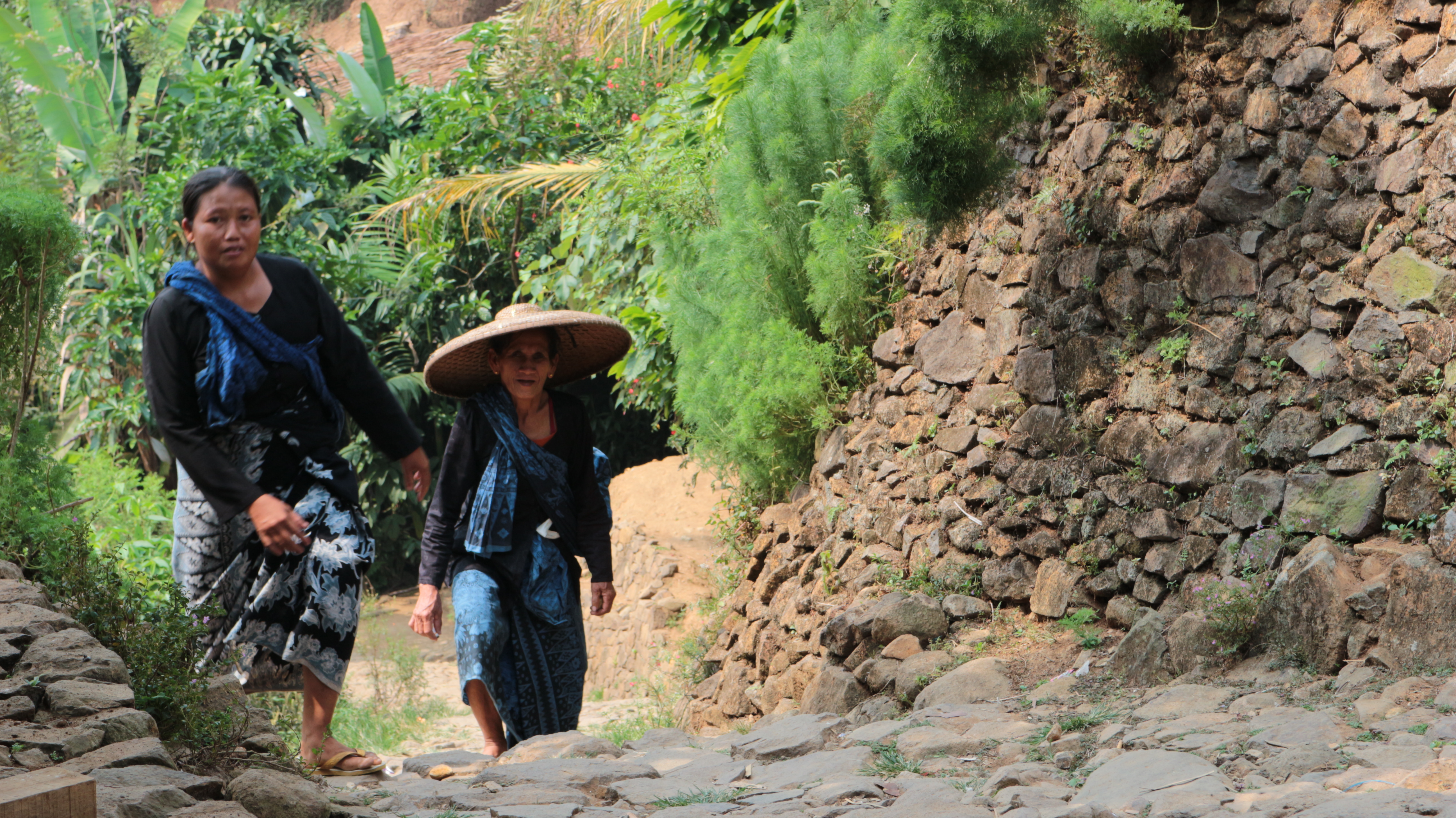|
Kasepuhan
The Kasepuhan or Kasepuhan Banten Kidul are a traditional Sundanese community of approximately 5,300 people, who live in the southern part of Gunung Halimun National Park, in the Indonesian province of West Java. Gunung Halimun National Park is located within the borders of the Sukabumi Regency, Bogor and southern Banten province. The Kasepuhan is called "Kasepuhan Banten Kidul" (Kasepuhan of Southern Banten), their main village is Ciptagelar in the Cisolok subdistrict (''kecamatan'') in the western part of the Sukabumi Regency. The current head of the community, Abah Ugih, inherited the position of leader when his father, Abah Anom, died at the age of 54. Etymology The word ''kasepuhan'' is formed on ''sepuh'', which means "old" in the Sundanese language. It refers to a way of living based on ancestral traditions and eventually, to the local community who lives according to these traditions. History and tradition According to oral information, the Kasepuhan have lived in th ... [...More Info...] [...Related Items...] OR: [Wikipedia] [Google] [Baidu] |
Ciptagelar
Ciptagelar is a traditional Sundanese hamlet in Sukabumi Regency, West Java. Founded in 1368, the hamlet is the largest village of the ''Kasepuhan'' community which retains traditional Sundanese social structure and strictly adheres to ''adat'' (customary law) to this day. The village is also known for its Sundanese style houses which value simplicity and harmony with nature. Geography Ciptagelar is located in Sirnaresmi village, Cisolok district of Sukabumi Regency. It is deep in the hinterland area of Mount Halimun and Mount Salak which is part of the Mount Halimun Salak National Park. The village is also surrounded by other mountains such as Mount Surandil, Mount Karacang, and Mount Kendang. The village is situated at an altitude of 1,050 meters above sea level and has a temperature ranging from 20 to 26 degrees Celsius. Community The community of Ciptagelar is known as ''Kasepuhan Ciptagelar'' or ''Kasepuhan Banten Kidul''. ''Kasepuhan'' is a traditional Sundanese society ... [...More Info...] [...Related Items...] OR: [Wikipedia] [Google] [Baidu] |
Sunda Wiwitan
(from su, ᮞᮥᮔ᮪ᮓ ᮝᮤᮝᮤᮒᮔ᮪, Sunda Wiwitan, aboriginal Pasundan) Sunda Wiwitan is a folk religion and ancient beliefs adhered to by the Sundanese (including Baduy people, Bantenese, Cirebonese) in the western part of Java. The followers of this belief system can be found in some villages in western Java, such as Kanekes, Lebak, Banten; Ciptagelar Kasepuhan Banten Kidul, Cisolok, Sukabumi; Kampung Naga; and Cigugur, Kuningan Regency. In Carita Parahyangan this faith is called ''Jatisunda''. Its practitioners assert that Sunda Wiwitan has been part of their way of life since ancient times, before the arrival of Hinduism and Islam. The sacred book of Sunda Wiwitan is called Sanghyang Siksa Kandang Karesian, it is a didactic text of religious and moral guidance, rules and lessons. The text is identified as Kropak 630 by National Library of Indonesia. According to a ''kokolot'' (elder) of Cikeusik village, the people of Kanekes are not adherents to Hindu or ... [...More Info...] [...Related Items...] OR: [Wikipedia] [Google] [Baidu] |
Sundanese Culture
The Sunda or Sundanese ( id, Orang Sunda; su, ᮅᮛᮀ ᮞᮥᮔ᮪ᮓ, Urang Sunda) are an indigenous ethnic group native to the western region of Java island in Indonesia, primarily West Java. They number approximately 42 million and form Indonesia's second most populous ethnic group. They speak the Sundanese language, which is part of the Austronesian languages. The western third of the island of Java, namely the provinces of West Java, Banten, and Jakarta, as well as the westernmost part of Central Java, is called by the Sundanese people ''Tatar Sunda'' or ''Pasundan'' (meaning Sundanese land). Sundanese migrants can also be found in Lampung and South Sumatra, and to a lesser extent in Central Java and East Java. The Sundanese people can also be found on several other islands in Indonesia such as Sumatra, Kalimantan, Sulawesi, Bali and Papua. Origins Migration theories The Sundanese are of Austronesian origins and are thought to have originated in Taiwan. They migr ... [...More Info...] [...Related Items...] OR: [Wikipedia] [Google] [Baidu] |
Gunung Halimun National Park
Mount Halimun Salak National Park is a 400 km2 conservation area in the Indonesian province of West Java on the island of Java. Established in 1992, the park comprises two mountains, Mount Salak and Mount Halimun with an 11-kilometer forest corridor. It is located near the better known Mount Gede Pangrango National Park, but the national park should be accessed from Sukabumi, 2 hours drive to the administration post and then 2 hours drive (30 kilometers) again to Cikaniki post gate. The park contains water catchment areas shielded from urban populations and agricultural areas to the north, as well as several endangered animals and rare birds. Geography Its mountain tops reach 1,929 metres and are often mist-shrouded, while its valleys are thought to hide much that remains to be discovered. Mount Salak is a critical water catchment area for its very high rainfall. The park is an amalgamation of two important ecosystems at Halimun and Mount Salak, which are connected by an 1 ... [...More Info...] [...Related Items...] OR: [Wikipedia] [Google] [Baidu] |
Sundanese (people)
The Sunda or Sundanese ( id, Orang Sunda; su, ᮅᮛᮀ ᮞᮥᮔ᮪ᮓ, Urang Sunda) are an indigenous ethnic group native to the western region of Java island in Indonesia, primarily West Java. They number approximately 42 million and form Indonesia's second most populous ethnic group. They speak the Sundanese language, which is part of the Austronesian languages. The western third of the island of Java, namely the provinces of West Java, Banten, and Jakarta, as well as the westernmost part of Central Java, is called by the Sundanese people ''Tatar Sunda'' or ''Pasundan'' (meaning Sundanese land). Sundanese migrants can also be found in Lampung and South Sumatra, and to a lesser extent in Central Java and East Java. The Sundanese people can also be found on several other islands in Indonesia such as Sumatra, Kalimantan, Sulawesi, Bali and Papua. Origins Migration theories The Sundanese are of Austronesian origins and are thought to have originated in Taiwan. They migr ... [...More Info...] [...Related Items...] OR: [Wikipedia] [Google] [Baidu] |
Sundanese People
The Sunda or Sundanese ( id, Orang Sunda; su, ᮅᮛᮀ ᮞᮥᮔ᮪ᮓ, Urang Sunda) are an indigenous ethnic group native to the western region of Java island in Indonesia, primarily West Java. They number approximately 42 million and form Indonesia's second most populous ethnic group. They speak the Sundanese language, which is part of the Austronesian languages. The western third of the island of Java, namely the provinces of West Java, Banten, and Jakarta, as well as the westernmost part of Central Java, is called by the Sundanese people ''Tatar Sunda'' or ''Pasundan'' (meaning Sundanese land). Sundanese migrants can also be found in Lampung and South Sumatra, and to a lesser extent in Central Java and East Java. The Sundanese people can also be found on several other islands in Indonesia such as Sumatra, Kalimantan, Sulawesi, Bali and Papua. Origins Migration theories The Sundanese are of Austronesian origins and are thought to have originated in Taiwan. They migr ... [...More Info...] [...Related Items...] OR: [Wikipedia] [Google] [Baidu] |
Kuningan
Kuningan ( su, ᮊᮥᮔᮤᮍᮔ᮪) is a town and district located in eastern West Java, Indonesia, between Cirebon Cirebon (, formerly rendered Cheribon or Chirebon in English) is a port city on the northern coast of the Indonesian island of Java. It is the only coastal city of West Java, located about 40 km west of the provincial border with Central J ... and Tasikmalaya, about 200 km east of Jakarta. It is the administrative center of Kuningan Regency. The district is located east of Mount Cereme/Ciremai (3.078 m), the highest mountain in West Java. The eastern part of the district is a valley. The district's landmark is a statue of a horse, called ''Kuda Kuningan'' and its motto is Kuningan ''Aman'' (Safe) ''Sehat'' (Healthy) ''Rindang'' (Leafy) ''Indah'' (Beautiful), abbreviated as Kuningan ASRI. Administrative divisions Kuningan District is divided into 16 villages which are as follows:Badan Pusat Statistik, Jakarta, 2021. *Ancaran *Awirarangan *Cibinuang *C ... [...More Info...] [...Related Items...] OR: [Wikipedia] [Google] [Baidu] |
Animism
Animism (from Latin: ' meaning 'breath, Soul, spirit, life') is the belief that objects, places, and creatures all possess a distinct Spirituality, spiritual essence. Potentially, animism perceives all things—Animal, animals, Plant, plants, Rock (geology), rocks, River, rivers, Weather, weather systems, human handiwork, and perhaps even Word, words—as animated and alive. Animism is used in the anthropology of religion, as a term for the Belief, belief system of many Indigenous peoples, especially in contrast to the relatively more recent development of organized religions. Animism focuses on the Metaphysics, metaphysical universe, with a specific focus on the concept of the immaterial soul. Although each culture has its own mythologies and rituals, animism is said to describe the most common, foundational thread of indigenous peoples' "spiritual" or "supernatural" perspectives. The animistic perspective is so widely held and inherent to most indigenous peoples, that they ofte ... [...More Info...] [...Related Items...] OR: [Wikipedia] [Google] [Baidu] |
Islam
Islam (; ar, ۘالِإسلَام, , ) is an Abrahamic religions, Abrahamic Monotheism#Islam, monotheistic religion centred primarily around the Quran, a religious text considered by Muslims to be the direct word of God in Islam, God (or ''Allah'') as it was revealed to Muhammad, the Muhammad in Islam, main and final Islamic prophet.Peters, F. E. 2009. "Allāh." In , edited by J. L. Esposito. Oxford: Oxford University Press. . (See alsoquick reference) "[T]he Muslims' understanding of Allāh is based...on the Qurʿān's public witness. Allāh is Unique, the Creator, Sovereign, and Judge of mankind. It is Allāh who directs the universe through his direct action on nature and who has guided human history through his prophets, Abraham, with whom he made his covenant, Moses/Moosa, Jesus/Eesa, and Muḥammad, through all of whom he founded his chosen communities, the 'Peoples of the Book.'" It is the Major religious groups, world's second-largest religion behind Christianity, w ... [...More Info...] [...Related Items...] OR: [Wikipedia] [Google] [Baidu] |
Baduy People
Baduy people (sometimes spelled as Badui or Kanekes) are an indigenous Sundanese ethnic group native to the southeastern part of Banten specifically Lebak Regency on western hemisphere of Java island in Indonesia. Etymology The term is a short form derived from in Baduy language, it is the native Sundanesic term which refers to the endemic vine plant in western hemisphere of Java island which are usually used as herbal medicine since ancient times. As part of Sundanesic family, the term also known in Old Sundanese and Sundanese languages which bears the same meaning; the Cibaduyut region in the Sundanese cultural land region may derived from the same etymology. It is likely that in ancient times, there was once a river called the Baduyut River, because the term () itself literally means 'Baduyut River' in Sundanese language; so it is very possible if this tribe was once named after the name of that river. However, the Baduy people sometimes would prefer to be called as ( ... [...More Info...] [...Related Items...] OR: [Wikipedia] [Google] [Baidu] |
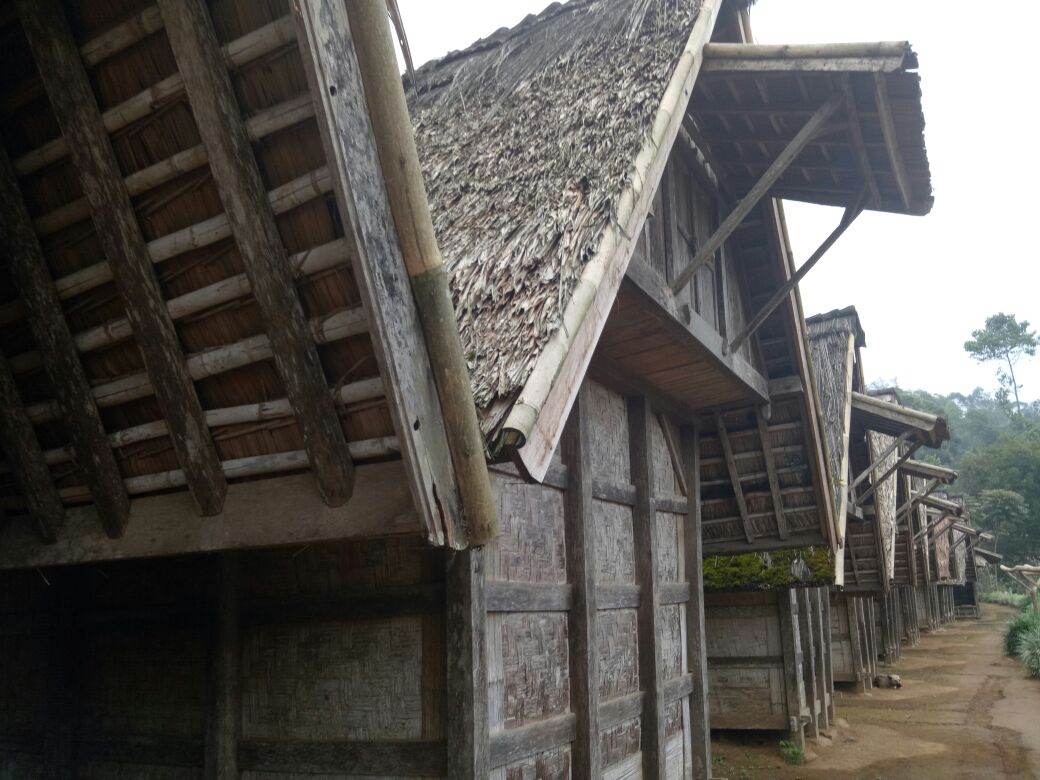
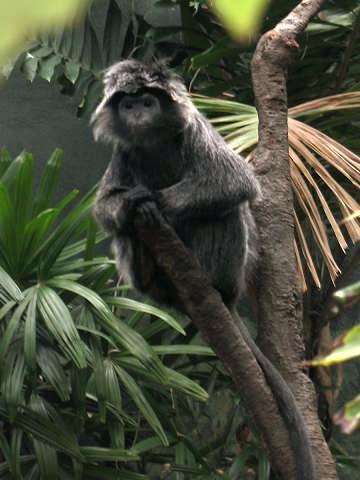
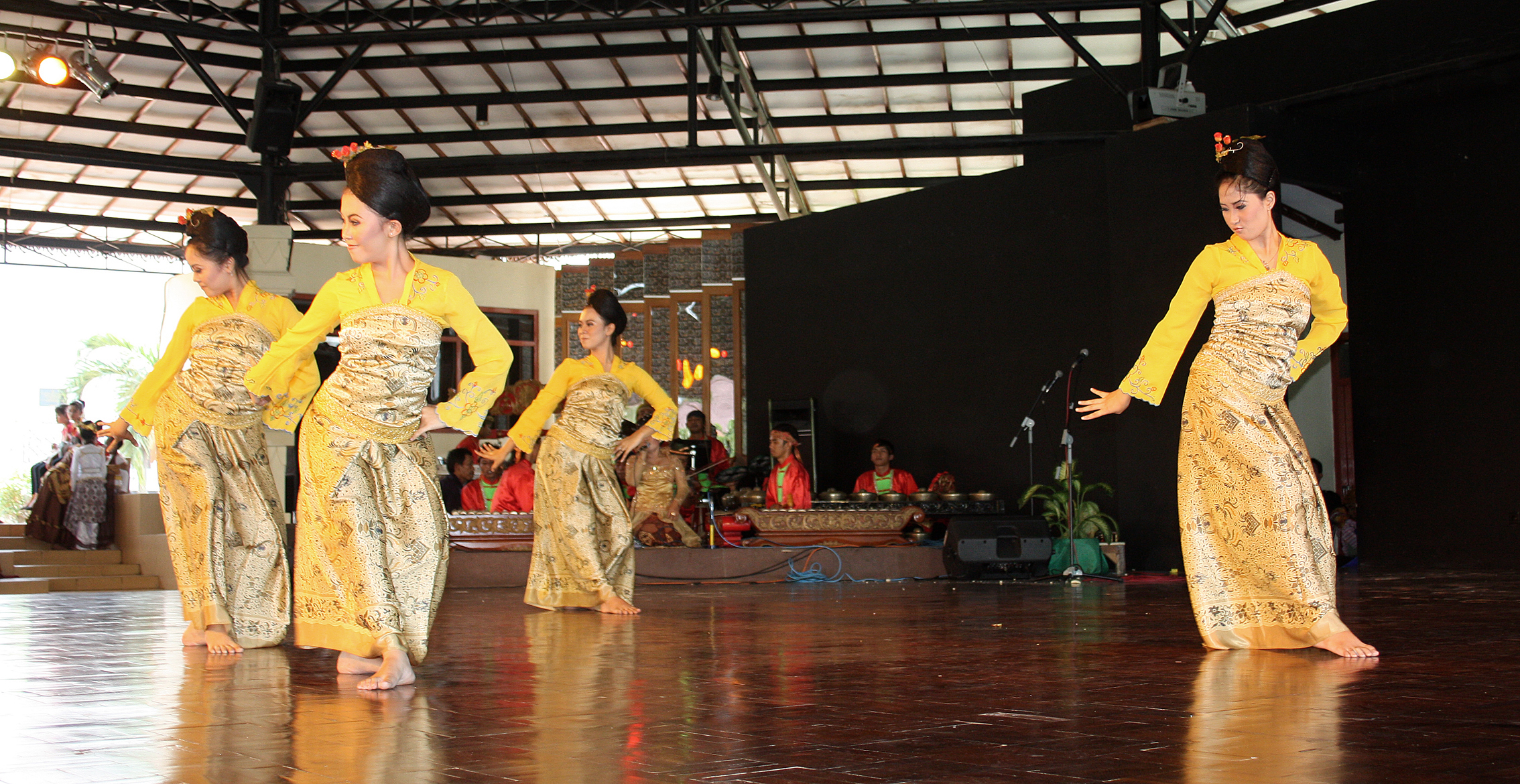
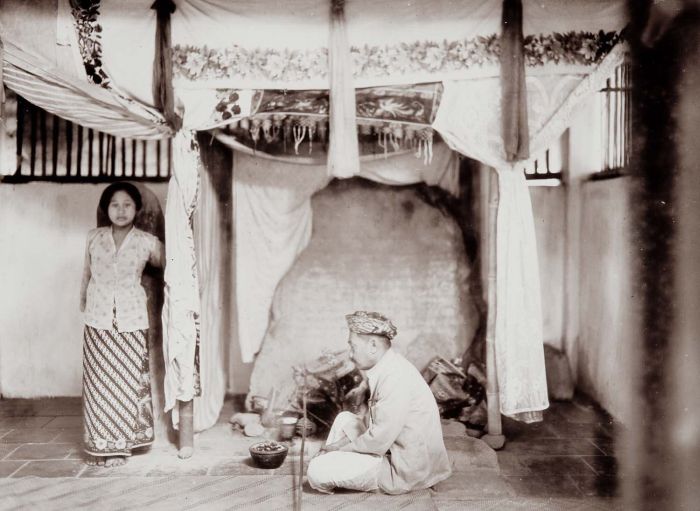

.jpg)
